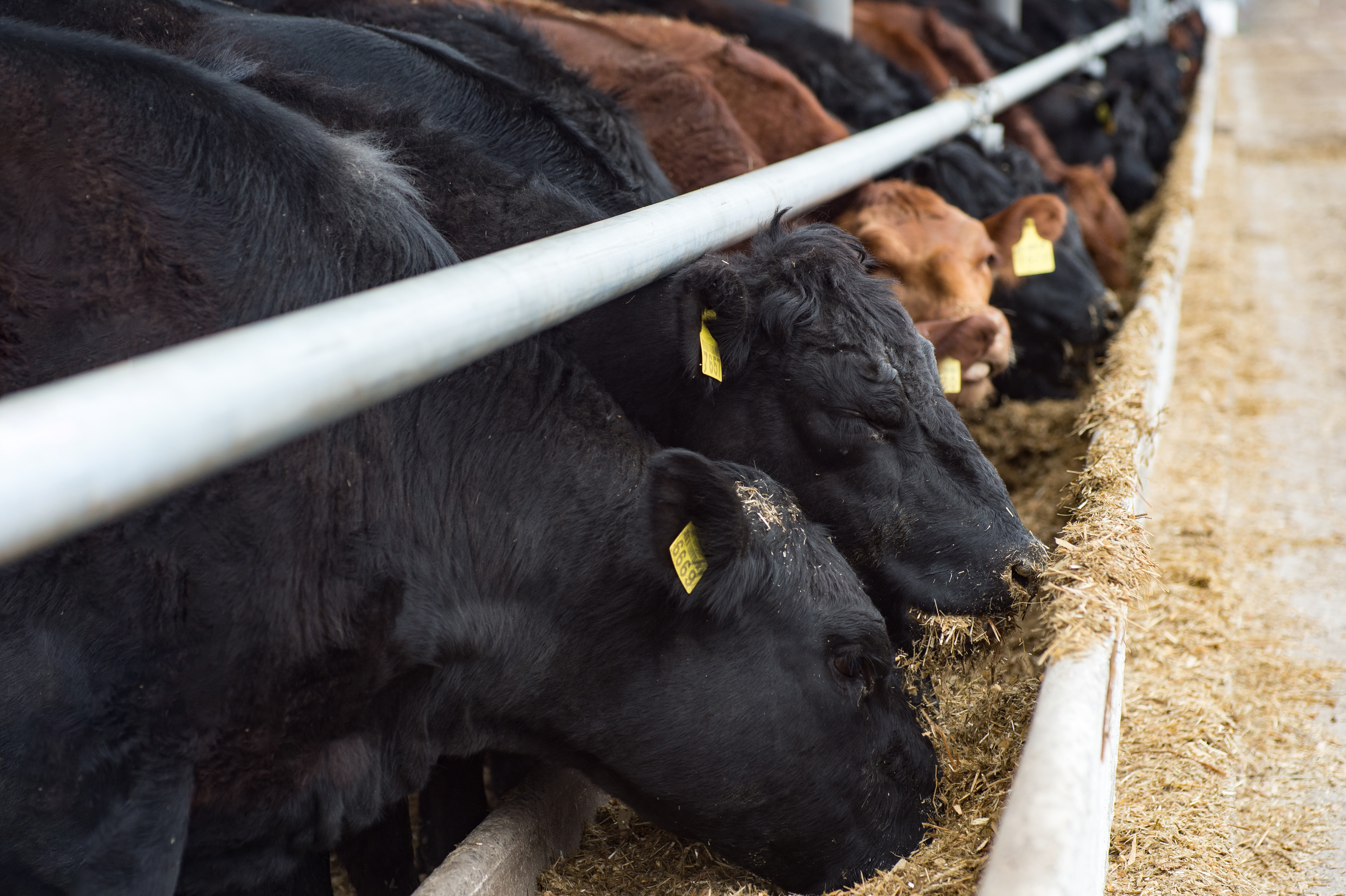You are viewing United States
- United States
- Canada
- Mexico
- South America
- EMENA
- Sub-Saharan Africa
- Russia
- South Asia
- Asia Pacific
- China
- Global
Choose Your Location:
- United States
- Canada
- Mexico
Popular Searches
- Animal Nutrition & Health
- CLOSTAT®
- CLOSTAT® for Ruminants
CLOSTAT®
The Problem is In the Gut
Every day, through their environment, animals are exposed to pathogens, including Clostridia, Salmonella and E. coli. This exposure can impact the microbiota of the gastrointestinal tract.
Stress + Pathogenic Bacteria = Gut Health Challenge
Under stress events, both the mucosal layer and the tight junctions are negatively impacted, often leading to inflammation and reduced integrity of the intestinal barrier.

THE SOLUTION: CLOSTAT® Active Microbial
To optimize animal health, performance and profitability, you must optimize intestinal health.
CLOSTAT® contains a unique, proprietary spore-forming strain of Bacillus subtilis PB6. With a known mode of action, and over 15 years of research in livestock and poultry across the globe, PB6 has proven efficacy against Clostridia and other pathogenic species.1
Resources
CLOSTAT® Mode of Action
The PB6 in CLOSTAT® has been found to secrete one or more biocidal proteins that are inhibitory towards certain strains of pathologenic bacteria such as Clostridium perfringens and other ruminant-specific pathogens.
The Impact of Clostridia and Salmonella on Ruminant Health
Dr. Rand Broadway
Dr. Rand Broadway is a research scientist with the USDA-ARS, Livestock Issues Research Unit in Lubbock, Texas. His program currently focuses on non-pharmaceutical supplements to mitigate the negative effects of diseases such as salmonellosis and Bovine Respiratory Disease. Simultaneously, his research aims to identify pathogenic colonization, migration and translocation patterns to enhance food safety, growth and carcass performance. Dr. Broadway received a B.S. in Biochemistry and a M.S. in Food Science and Technology from Mississippi State University. He received his Ph.D. from the Department of Animal and Food Sciences at Texas Tech University.
My Calves and Heifers "Look Good," What Does that Really Mean?
Dr. Michael A. Ballou
Dr. Mike Ballou is an Associate Dean for Research, an Associate Professor of Nutritional Immunology in the College of Agricultural Sciences and Natural Resources and the interim chair for the Department of Veterinary Sciences at Texas Tech University. The focus of his research is to determine how nutrition and management influence the health and performance of dairy calves, heifers and periparturient cows. Dr. Ballou received a B.S. in Animal Science from the University of California, Davis, where he remained to complete a Ph.D. in Nutritional Biology with an emphasis in Immunology. In his presentation, "My Calves and Heifers 'Look Good,' What Does that Really Mean?", Dr. Ballou will discuss how we monitor and record benchmarks for herd success and how we use those benchmarks to adjust management strategy.
Cattle Health: It's Complicated!
Dr. Jeff Carroll
Dr. Carroll is a Research Physiologist and Research Leader for the USDA-ARS Livestock Issues Research Unit in Lubbock, Texas, where he leads a team working to develop management practices and alternative production systems to enhance animal wellbeing. In addition, his team is actively addressing methods to mitigate adverse effects of stress and develop alternatives to antimicrobials to enhance health and wellbeing of growing pigs and calves. Dr. Carroll completed his B.S. in Animal Science and his M.S. and Ph.D. in Physiology of Reproduction from Texas A&M University. In his presentation, "Cattle Health: It's Complicated," Dr. Carroll will challenge our thinking on current management practices and review potential alternative ways of managing cattle.
References
1United States Patent 7 ,247 ,299. Lin, et al. 2007.
Have a Question?
If you have a question about our products or services, or just want more information, fill out the form below and someone on our team will be in contact with you.
Products
Careers
Careers
- California Residents
- California Supply Chain Act
- Canada Forced Labor and Child Labor Report
- Email Disclaimer
- GDPR Personal Data Addendum
- General Terms & Conditions for Vendors
- Global Environmental Policy Statement
- Indirect Cost Estimates
- Kemin Terms & Conditions
- Modern Slavery Act Transparency Statement
- Privacy Policy
- Sitemap
- Change Cookie Consent
© Kemin Industries, Inc. and its group of companies All rights reserved. ® ™ Trademarks of Kemin Industries, Inc., USA
Certain statements may not be applicable in all geographical regions. Product labeling and associated claims may differ based upon government requirements.
You are viewing United States
- United States
- Canada
- Mexico
- South America
- EMENA
- Sub-Saharan Africa
- Russia
- South Asia
- Asia Pacific
- China
- Global
Choose Your Location:
- United States
- Canada
- Mexico








